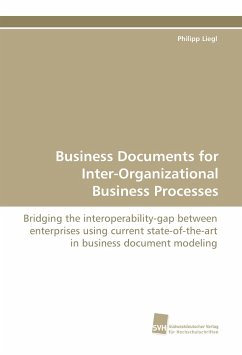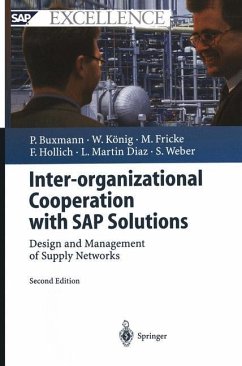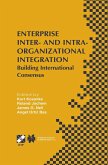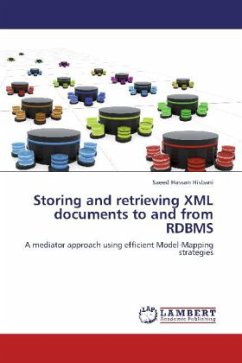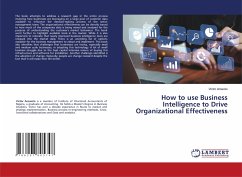The automation of inter-organizational processes requires legal and technical agreements between the participating business partners. In a technical sense a twofold agreement is necessary between business partners. First of all, business partners must agree on a common process choreography, unambiguously defining the exact exchange order of business documents in an inter-organizational business process. Consequently, business partners must agree on the structure of the exchanged business information as well. This book focuses on the definition of business documents for inter-organizational business processes and on the integration of business document models into business process choreography models. Thereby, we cover state-of-the-art in business document modeling by providing a business document survey, based on standard clusters. Consequently, we introduce the two main business document paradigms: top-down standards and bottom-up standards. This book is based on UN/CEFACT s Core Components Technical Specification 3.0 and its related standards such as the UML Profile for Core Components 3.0 and UN/CEFACT's Modeling Methodology 2.0.
Bitte wählen Sie Ihr Anliegen aus.
Rechnungen
Retourenschein anfordern
Bestellstatus
Storno

